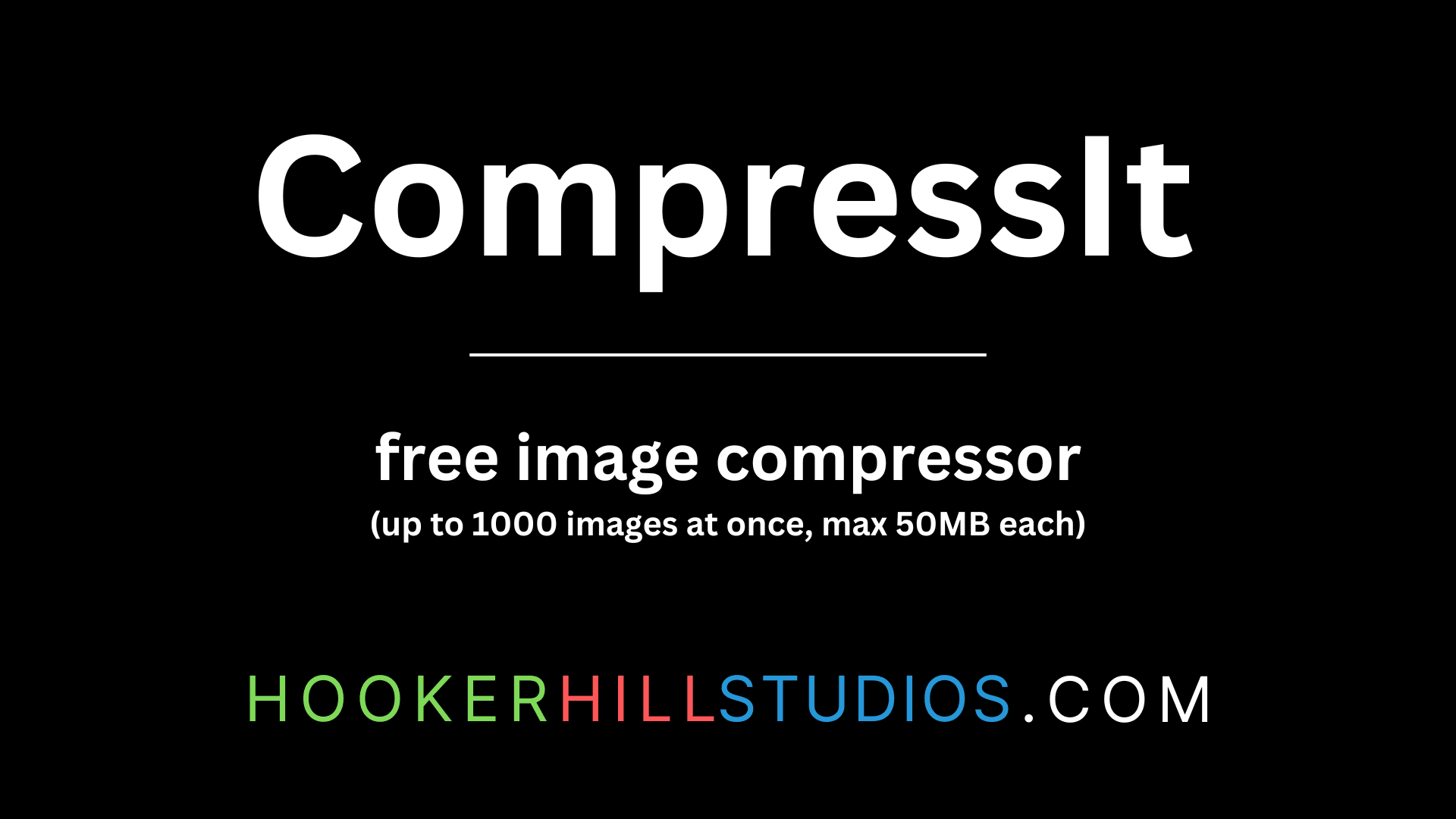A Comprehensive Guide to Semantic Versioning in Software

Table Of Contents
- What is Semantic Versioning?
- Example
- Why Use Semantic Versioning?
- 1. **Clear Communication**
- 2. **Improved Dependency Management**
- 3. **Stable API Evolution**
- 4. **Trust in Upgrades**
- How Semantic Versioning Works
- The Breakdown of Version Numbers
- 1. **MAJOR Version**
- 2. **MINOR Version**
- 3. **PATCH Version**
- Semantic Versioning in Practice
- 1. Initial Development
- 2. Transition to `1.0.0`
- 3. Version Ranges
- Benefits of Semantic Versioning for Teams and Open-Source Projects
- 1. **Collaboration and Maintenance**
- 2. **Community Trust**
- 3. **Release Planning**
- Common Misunderstandings with Semantic Versioning
- 1. **Major Version Zero (`0.x.y`)**
- 2. **Backporting**
- Best Practices for Using Semantic Versioning
- 1. **Use Clear Commit Messages**
- 2. **Write Comprehensive Changelogs**
- 3. **Automate Versioning**
- 4. **Respect the SemVer Rules**
- Related Articles
- Donate
- Conclusion
What is Semantic Versioning?
Semantic Versioning (SemVer) is a versioning scheme that uses a three-part version number to indicate the type of changes in the software. It follows the pattern: MAJOR.MINOR.PATCH
Each part of the version number has a specific meaning:
- MAJOR: Increments when there are incompatible changes or breaking updates that require users to modify their code to adapt.
- MINOR: Increments when new backward-compatible functionality is added.
- PATCH: Increments when there are backward-compatible bug fixes or small improvements.
This structured approach provides clarity and helps developers understand whether an update will require changes in their usage of the software or if it is safe to upgrade without worry.
Example
For a version number like 2.5.3:
2is the MAJOR version.5is the MINOR version.3is the PATCH version.
If a breaking change is introduced, the version number might change to 3.0.0. If a new feature is added in a backward-compatible way, it would change to 2.6.0. A bug fix would change the version to 2.5.4.
advertisement
Why Use Semantic Versioning?
1. Clear Communication
Semantic versioning clearly communicates the type of changes made in each release. Whether you're a developer or a user, you can look at the version number and understand if the new release contains breaking changes, new features, or bug fixes.
2. Improved Dependency Management
In large-scale applications, managing dependencies can become a daunting task. With SemVer, package managers like npm, pip, and Composer can automatically handle upgrades based on the versioning scheme. For example, developers can configure their project to allow only non-breaking updates by specifying version constraints like ^1.5.0.
3. Stable API Evolution
As software grows, APIs evolve. Semantic versioning allows for incremental changes without fear of breaking existing implementations. MAJOR version changes indicate API changes, while MINOR versions add functionality without breaking the current API. PATCH versions deal with bug fixes to ensure API stability.
4. Trust in Upgrades
One of the biggest fears for developers is upgrading to a new version and breaking their entire project. By following semantic versioning, software authors provide guarantees. For instance, when upgrading from version 1.5.3 to 1.6.0, developers know that they are getting new features but no breaking changes.
How Semantic Versioning Works
The Breakdown of Version Numbers
1. MAJOR Version
The MAJOR version should be incremented when incompatible changes are made. A breaking change can be defined as any change that could cause the software to behave differently in a way that would break an existing setup. Breaking changes typically require users to modify their code to accommodate the changes.
For example:
- Removing a method from a library.
- Changing the behavior of an existing function.
- Modifying an API endpoint in a way that requires consumers to alter their requests.
For instance, if version 2.0.0 of a library contains breaking changes compared to 1.x.x, upgrading to 2.x.x would typically require developers to review the changelog and update their code accordingly.
2. MINOR Version
The MINOR version should be incremented when new, backward-compatible functionality is added. This means that users can upgrade to this version without fear of breaking their current implementation. New features, enhancements, and additions that do not alter existing functionality fall into this category.
For example:
- Adding a new method or endpoint.
- Extending an existing function with optional parameters.
If you have version 1.2.0, upgrading to 1.3.0 means that new features are available, but the core system will work as before.
3. PATCH Version
The PATCH version should be incremented when backward-compatible bug fixes are made. These updates address problems in the existing system but do not introduce new functionality. Developers should feel confident in upgrading to a patch version without any changes to their codebase.
Examples of PATCH updates:
- Fixing a memory leak.
- Addressing a security vulnerability.
- Correcting a typo in a log message.
For instance, if you are using version 1.5.0, upgrading to 1.5.1 means you are getting bug fixes without altering any existing functionality.
Semantic Versioning in Practice
1. Initial Development
Before your software is ready for public consumption, you can use version 0.x.y to indicate that the project is still in an early stage and may not follow the strict rules of semantic versioning. During this time:
- MAJOR version
0indicates that the API is still evolving. - Breaking changes can be introduced in MINOR or PATCH updates.
For instance, versions like 0.5.0 or 0.1.3 signify ongoing development. Once the software reaches a stable state, you can release 1.0.0, after which the rules of semantic versioning become more strictly followed.
2. Transition to 1.0.0
Once your software has matured and is considered stable, the release of 1.0.0 marks the point where you adopt full semantic versioning rules. This indicates to users that the software is production-ready and that future versions will follow the MAJOR.MINOR.PATCH pattern.
3. Version Ranges
When defining dependencies in a project, developers often specify version ranges that their software can tolerate. Package managers use these ranges to manage dependencies and ensure compatibility.
^1.2.0: Allows upgrades to any MINOR or PATCH version that doesn’t modify the MAJOR version. For instance,1.2.1,1.3.0, but not2.0.0.~1.2.0: Allows upgrades only to PATCH versions, meaning1.2.1but not1.3.0or2.0.0.
By using semantic versioning constraints, developers can specify the type of updates their application is compatible with, reducing the risk of breaking changes.
advertisement
Benefits of Semantic Versioning for Teams and Open-Source Projects
Semantic versioning is particularly useful in collaborative environments, especially open-source projects, where multiple contributors are involved, and users have varying degrees of reliance on a software package.
1. Collaboration and Maintenance
Teams of developers working on a project can use semantic versioning to track progress and determine the impact of changes. It simplifies communication regarding what kind of changes were made (e.g., breaking, non-breaking), ensuring everyone is on the same page.
2. Community Trust
In open-source projects, semantic versioning helps build trust with the community. When developers release new versions, users can gauge the impact of an upgrade by merely looking at the version number. Consistent versioning helps users of the software feel more confident about upgrading without unexpected disruptions.
3. Release Planning
Using semantic versioning, development teams can plan their releases more effectively. For example:
- Bug fixes that don’t require retesting everything can be released as PATCH updates.
- New features can be bundled into MINOR releases.
- Breaking changes can be reserved for MAJOR releases with appropriate upgrade instructions for users.
Common Misunderstandings with Semantic Versioning
1. Major Version Zero (0.x.y)
Some developers believe that version 0.x.y is meant for alpha or beta releases, but technically, any version starting with 0 means that the software is in early development, and the API may change at any time. The 0.x stage is for experimenting, and there's no guarantee of API stability.
2. Backporting
Backporting refers to taking bug fixes from newer versions and applying them to older versions. This is typically done when users cannot upgrade to a new MAJOR version due to compatibility issues. Semantic versioning encourages users to avoid introducing new features when backporting fixes, ensuring that older versions remain stable.
Best Practices for Using Semantic Versioning
1. Use Clear Commit Messages
Maintaining proper commit messages will help keep track of changes and provide an accurate changelog. Using terms like "fix," "feature," and "breaking change" in commit messages makes it easier to determine how to update the version number during a release.
2. Write Comprehensive Changelogs
Alongside semantic versioning, maintaining a detailed changelog is crucial. It provides users with information about what has changed, what bugs have been fixed, and whether there are any breaking changes. Tools like Conventional Commits and semantic-release can automate this process.
3. Automate Versioning
In larger projects, versioning can be automated using tools like semantic-release. This tool evaluates commit messages and automatically increments the MAJOR, MINOR, or PATCH version based on the nature of the changes. Automation reduces human error and ensures consistency in versioning.
4. Respect the SemVer Rules
One of the key points to remember is that once you release a version, you should not change it. Instead, release a new version with the necessary fixes or improvements. Modifying an existing release breaks the integrity of semantic versioning and can confuse users who rely on version numbers to gauge stability.
Related Articles
Donate
If you enjoyed this article, please consider making a donation. Your support means a lot to me.
- Cashapp: $hookerhillstudios
- Paypal: Paypal
Conclusion
Semantic versioning is a simple but powerful tool for managing software evolution. It provides a clear, structured approach to versioning that benefits both developers and users. By following semantic versioning principles, you ensure that your software evolves in a way that is predictable, stable, and easy to maintain. Whether you're building a small library or a large application, adopting SemVer can significantly improve your project's maintainability and user trust.
By using a consistent versioning system, developers can reduce the risks associated with upgrading dependencies, improve communication with users and collaborators, and make their software easier to maintain in the long term.
advertisement
About the Author

Hi, I'm Jared Hooker, and I have been passionate about coding since I was 13 years old. My journey began with creating mods for iconic games like Morrowind and Rise of Nations, where I discovered the thrill of bringing my ideas to life through programming.
Over the years, my love for coding evolved, and I pursued a career in software development. Today, I am the founder of Hooker Hill Studios, where I specialize in web and mobile development. My goal is to help businesses and individuals transform their ideas into innovative digital products.
Read Recent Articles
Recent Articles
View All
CompressIt - Fast & Efficient Image Compression Tool for Web Optimization
December 02, 2024




to join the conversation